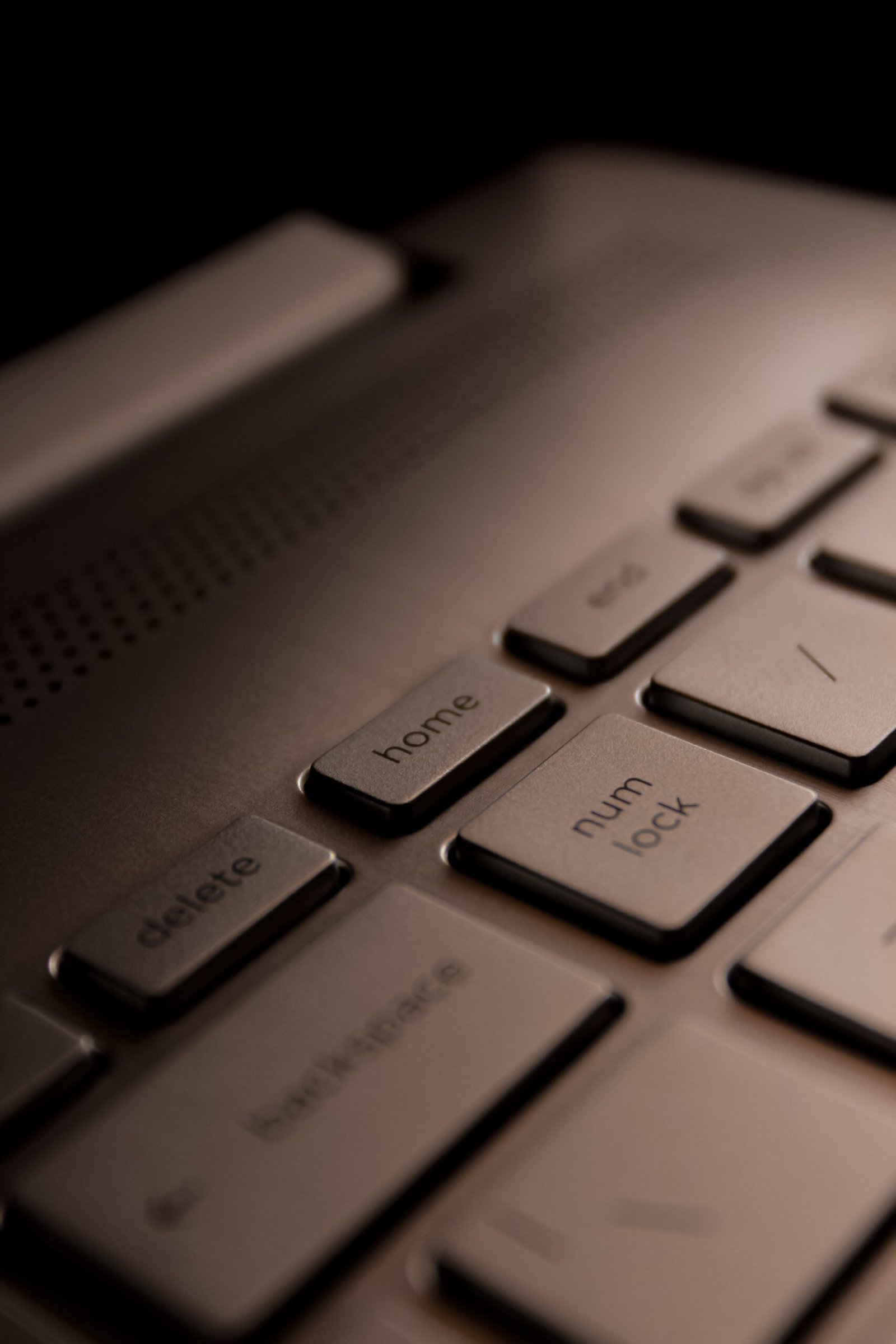Have you ever wondered how artificial intelligence (AI) and the Internet of Things (IoT) work together? In this article, we will explore the fascinating role that AI plays in the world of IoT. Whether it’s smart homes, wearable devices, or industrial applications, AI has become an essential component in enabling IoT devices to make intelligent decisions and interact with their surroundings. By leveraging AI algorithms and machine learning, IoT devices can collect, analyze, and interpret vast amounts of data, ultimately enhancing our daily lives and transforming various industries. So, let’s dive into the realm of AI and discover the remarkable role it plays in the Internet of Things.
Introduction
The Internet of Things (IoT) has revolutionized our world, connecting everyday objects and devices to the internet, allowing them to communicate and share data. This network of interconnected devices has vast potential for transforming industries and improving our daily lives. However, with the massive amount of data generated by IoT devices, the need for advanced technologies to process, analyze, and make sense of this data has become paramount. This is where Artificial Intelligence (AI) comes in. AI has the capability to enhance the functionality of IoT and unlock its full potential, bringing about numerous advantages and opportunities.
Definition of AI
Artificial Intelligence, in simple terms, refers to the simulation of human intelligence in machines that are programmed to think and learn like humans. AI systems are designed to perform tasks that require human intelligence, such as problem-solving, speech recognition, decision-making, and visual perception. It encompasses various subfields, including machine learning, natural language processing, and computer vision. AI algorithms enable machines to process and analyze complex data, recognize patterns, and make informed decisions.

This image is property of images.pexels.com.
Definition of IoT
The Internet of Things (IoT) is a network of physical objects or “things” embedded with sensors, software, and other technologies that enable them to connect and exchange data with other devices and systems over the internet. These objects can include anything from everyday household items like refrigerators and thermostats to industrial machinery and vehicles. The IoT aims to create a seamless connection between the physical and digital worlds, allowing for improved efficiency, automation, and decision-making.
Integration of AI and IoT
The integration of AI and IoT brings together two powerful technologies to create a synergy that enhances the capabilities of both. By incorporating AI into IoT systems, we can unlock the full potential of the vast amount of data generated by connected devices. This integration allows for smarter decision-making, improved efficiency, enhanced security, and personalized user experiences. However, it also presents certain challenges that need to be addressed for the effective implementation of AI in IoT.
Advantages of AI in IoT
One of the key advantages of AI in IoT is the ability to process and analyze massive amounts of data in real-time. This enables IoT systems to make intelligent decisions based on the analysis of data from multiple sources. AI algorithms can identify patterns, detect anomalies, and predict future trends, providing valuable insights for businesses and individuals alike.
Additionally, AI in IoT enables autonomous systems that can make decisions and take actions without human intervention. This automation increases efficiency, reduces human error, and optimizes processes. From self-driving cars to smart energy management systems, AI-powered IoT devices can revolutionize industries and transform our daily lives.
Challenges of AI in IoT
While the integration of AI and IoT offers numerous advantages, it also presents certain challenges. One of the major challenges is the sheer volume of data generated by IoT devices. Processing and analyzing this massive amount of data in real-time can be highly resource-intensive and require robust hardware and software infrastructure.
Another challenge is the need for effective data security and privacy measures. With AI-enabled IoT devices collecting and storing sensitive data, it becomes crucial to ensure that this data is protected from unauthorized access and misuse. Additionally, AI algorithms themselves need to be secure and protected against malicious attacks or biases.

This image is property of images.pexels.com.
Enhancing Connectivity with AI in IoT
AI plays a crucial role in enhancing connectivity in IoT systems by enabling smarter devices and sensors that can communicate and collaborate more effectively. This enhanced connectivity leads to improved data collection, analysis, and decision-making. Two key areas where AI enhances connectivity in IoT are AI-enabled sensors and devices and data processing and analysis.
AI-enabled Sensors and Devices
AI enables IoT devices and sensors to become more intelligent and capable of performing complex tasks. By incorporating AI algorithms, these devices can learn from their environment, adapt to changing conditions, and make decisions based on the data they collect. For example, AI-enabled cameras can recognize faces, objects, and gestures, allowing for advanced surveillance and security systems. Similarly, AI-powered environmental sensors can analyze data on temperature, humidity, and air quality, enabling smarter climate control systems.
Data Processing and Analysis
The massive amount of data generated by IoT devices requires advanced data processing and analysis techniques. AI algorithms can analyze this data in real-time, identifying patterns, detecting anomalies, and making predictions. By processing and analyzing IoT data with AI, businesses can gain valuable insights into customer behavior, optimize processes, and improve decision-making. For example, AI-powered predictive maintenance systems can analyze data from industrial machinery to detect potential failures before they happen, minimizing downtime and increasing efficiency.
Improving Decision Making in IoT with AI
AI in IoT enables smarter decision-making by providing real-time insights and predictions based on the analysis of vast amounts of data. By leveraging AI algorithms, IoT systems can make more informed decisions, optimize processes, and enable proactive actions. Two key areas where AI improves decision-making in IoT are predictive analytics and real-time monitoring and alerts.
Predictive Analytics
Predictive analytics involves using historical data and AI algorithms to make predictions about future events or trends. In the context of IoT, predictive analytics can help businesses optimize their operations, improve resource allocation, and enhance customer experiences. For example, in agriculture, AI-powered IoT systems can analyze weather data, soil moisture levels, and crop health to predict optimal planting times, irrigation schedules, and pest control strategies.
Real-time Monitoring and Alerts
Real-time monitoring and alerts enable proactive actions and timely interventions in IoT systems. AI algorithms can continuously analyze data from IoT devices, detecting anomalies, identifying potential risks, and alerting users or triggering automated responses. For instance, in healthcare, AI-powered wearable devices can monitor vital signs in real-time, detecting abnormalities and sending alerts to doctors or emergency responders, potentially saving lives.

This image is property of images.pexels.com.
Enhancing Security and Privacy in IoT with AI
Security and privacy are critical considerations in IoT systems, given the sensitive nature of the data being collected and transmitted. AI can play a significant role in enhancing security and privacy in IoT by enabling anomaly detection and behavioral analysis.
Anomaly Detection
AI algorithms can analyze patterns and detect anomalies in the data generated by IoT devices. By continuously monitoring data streams, AI-powered systems can identify unusual patterns or behaviors that could indicate security threats or malfunctions. For example, in smart home systems, AI can detect unusual activities, such as unauthorized access attempts or abnormal energy consumption, and trigger alerts or preventive actions.
Behavioral Analysis
Behavioral analysis involves studying and understanding patterns of behavior to detect suspicious activities or deviations from normal behavior. AI systems can analyze data from IoT devices to build models of expected behavior and identify deviations that may indicate security breaches or privacy violations. For instance, AI-powered surveillance systems can analyze video feeds from security cameras to detect abnormal behavior, such as loitering or unauthorized intrusions, and raise alarms.
Increasing Efficiency and Automation in IoT with AI
AI in IoT enables increased efficiency and automation by enabling autonomous systems and smart energy management.
Autonomous Systems
AI-powered autonomous systems can perform tasks and make decisions without human intervention, leading to increased efficiency and reduced dependency on manual labor. For example, autonomous vehicles use AI algorithms to analyze sensor data and make decisions about acceleration, braking, and navigation, improving road safety and reducing traffic congestion. Similarly, in agriculture, autonomous drones equipped with AI can monitor crops, apply fertilizers, and detect pests, increasing productivity and reducing the need for human intervention.
Smart Energy Management
AI in IoT can optimize energy consumption and reduce waste through smart energy management systems. By analyzing data from smart meters, weather sensors, and energy consumption patterns, AI algorithms can identify opportunities for energy efficiency and automation. For instance, AI can adjust thermostat settings based on occupancy and weather forecasts, optimize power distribution in smart grids, and prioritize energy usage in industrial settings to reduce costs and environmental impact.
Creating Personalized and Intelligent User Experiences
AI in IoT enables the creation of personalized and intelligent user experiences, enhancing convenience and comfort in various domains.
Smart Homes and IoT
AI-powered smart homes leverage IoT devices to provide personalized and automated experiences. With AI algorithms, smart home systems can learn user preferences, adapt to their needs, and automate routine tasks. For example, smart thermostats can learn the temperature preferences of individuals and adjust settings accordingly. AI-powered virtual assistants can control various IoT devices in the home, such as lighting, appliances, and security systems, based on voice commands and user preferences, bringing convenience and comfort to daily life.
Wearable Devices
Wearable devices integrated with AI and IoT technologies offer personalized and intelligent experiences in areas like fitness, healthcare, and entertainment. AI-powered wearables can monitor vital signs, analyze activity patterns, and provide personalized feedback and recommendations to improve health and well-being. For example, smartwatches can track heart rate, sleep quality, and exercise performance, providing real-time feedback and personalized training programs. AI-enabled headphones can analyze user preferences and adapt sound settings to provide an immersive and personalized audio experience.
Conclusion
The integration of AI and IoT opens up a world of possibilities, empowering us to create smarter, more efficient, and personalized systems. From enhancing connectivity and improving decision-making to enhancing security and privacy, AI in IoT brings numerous advantages. Challenges such as data processing, security, and privacy need to be addressed for the effective implementation of AI in IoT. Nevertheless, as these technologies continue to evolve, we can expect AI to play an ever-increasing role in shaping the future of the Internet of Things. The potential for innovation and transformation is vast, and with the right approach, AI in IoT can revolutionize industries, improve our daily lives, and create a more connected and intelligent world.
